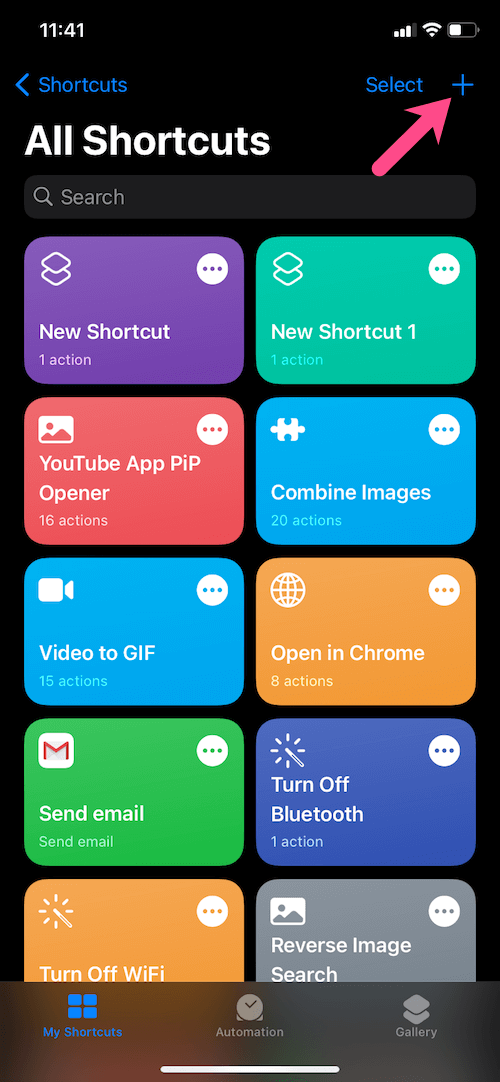
Every question won’t be answered, we don’t reply to email, and we cannot provide direct troubleshooting advice. If not, we’re always looking for new problems to solve! Email yours including screen captures as appropriate, and whether you want your full name used. Read our super FAQ to see if your question is covered. We’ve compiled a list of the questions we get asked most frequently along with answers and links to columns: Select an app for which you want to change the icon. Then you can use a Smart Folder to gather them together, or use various Arrange By/Sort By options to group by tags. Step 3: Set custom icons for macOS apps Open Finder on Mac, and navigate to the Applications folder. You can add an HTML Templates tag and assign that to all your templates. Might I suggest instead using macOS’s Tags feature? In the Finder, select Finder > Preferences and click the Tags icon. Firefox exposes more of this mapping information, but Unfortunately, there’s no way I can find to change file associations in Safari or Chrome.
The Tags editor lets you create your own, which you can assign to files to sort and find them. Some kinds of documents also embed MIME information into their headers, so software can read a few characters of the file to figure out what it is.) IDG (You’ll see MIME mentioned explicitly in email programs’ headers. Note that you can make them very, very big and very, very small (those are the technical terms). If you simply want to make the icons bigger, use the first slider. This will bring up a window with two sliders. If your app was in the dock in the first place, it will be replaced by the new icon.In the olden days, when everything to do with the web was more in a state of flux, you could modify and add content mappings, usually in the form used by MIME, a decades-old method of associating actions and formats with file extensions. Head to System Preferences and surprise, surprise click the Dock option on the top row. The dock will disappear for a moment and then reappear. To get the new icon to display in the dock, you'll need to restart the dock from the terminal: icns file and you're almost done! Restarting the Dock

Most apps use the AppName.icns convention but not always. icns file - that is likely the application's icon. Continue into the "Contents/Resources" directory and look for a. Navigate the the Applications folder, right-click the app, and select "Show Package Contents". I couldn't allow my precious new dock to be sullied by such a bland icon so I found another icon I wanted to use here's how it put that icon into place. I jumped to Sublime Text 3 and it's been great.except the app's boring, blocky "S" icon. The first step is setting up your go-to apps, like an instant messaging client, Twitter client, browsers, and of course, your trusty text editor. Setting up a new machine is a pornographic euphoric experience: no app collisions, optimal performance, and a fresh canvas to work with. If you follow me on Twitter, you know that I recently got a new MacBook Pro.


 0 kommentar(er)
0 kommentar(er)
